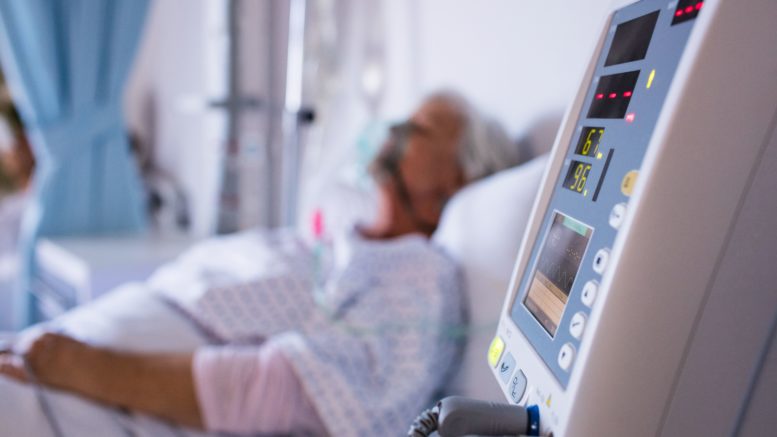In intensive care units (ICUs) treating patients with coronavirus disease 2019 (COVID-19) invasive ventilation poses a high risk for aerosol and droplet formation. Surface contamination of severe acute respiratory syndrome Coronavirus 2 (SARS-CoV-2) or bacteria can result in nosocomial transmission.
Hofmaenner, et al. (2021) sampled two tertiary care COVID-19 intensive care units treating 53 patients for 870 patient days after terminal cleaning and preparation for regular use to treat non-COVID-19 patients.
A total of 176 swabs were sampled of defined locations covering both ICUs. No SARS-CoV-2 ribonucleic acid (RNA) was detected. Gram-negative bacterial contamination was mainly linked to sinks and siphons. Skin flora was isolated from most swabbed areas and Enterococcus faecium was detected on two keyboards.
The researchers concluded that after basic cleaning with standard disinfection measures, no remaining SARS-CoV-2 RNA was detected. Bacterial contamination was low and mainly localized in sinks and siphons.
Reference: Hofmaenner DA, et al. Bacterial but no SARS-CoV-2 contamination after terminal disinfection of tertiary care intensive care units treating COVID-19 patients. Antimicrobial Resistance & Infection Control. Vol. 10, No. 11. 2021.

Be the first to comment on "Bacterial but No SARS-CoV-2 Contamination After Terminal Disinfection of ICUs Treating COVID-19 Patients"